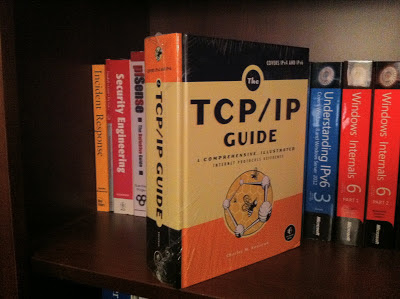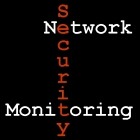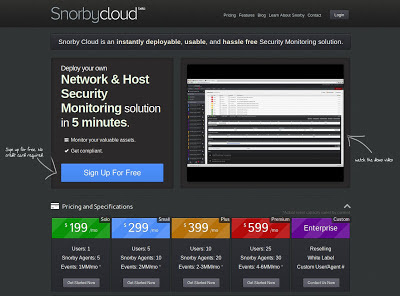On Thought Leadership and Non-Technical Relevance

A reader left a comment on my post 2012: The Year I Changed What I Read . He said: Richard, it's interesting to note that your career has shifted from "pure" technology to more of a thought leadership role where you can leverage your training and interest in history, political science, etc. I wonder if you ever expected to become such a public figure in the whole debate about China when you first started with infosec? Your career path is an encouraging example for others to follow. Even though I work in technology, I also have a sociology/political science background and I've been wondering how I can leverage those interests, especially as I get older and cheaper/hungrier techies continue to enter the industry. Thank you for your comment and question. I will try to answer here. I did not plan to become a "public" figure, and I don't necessarily consider myself exceptionally "public" now. I just reviewed my TaoSecurity news page to see wh...




